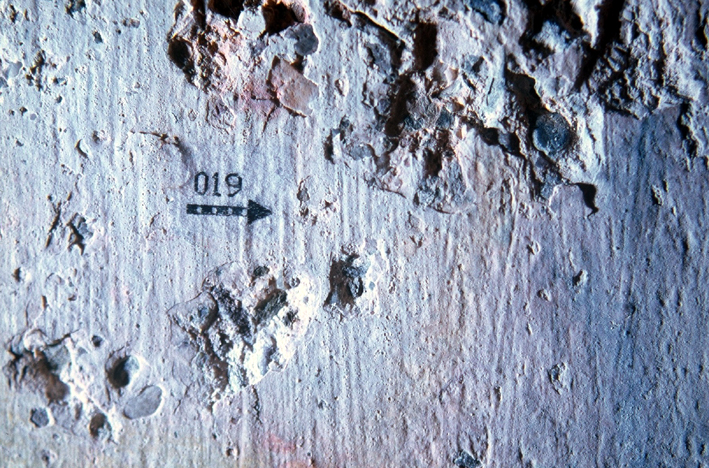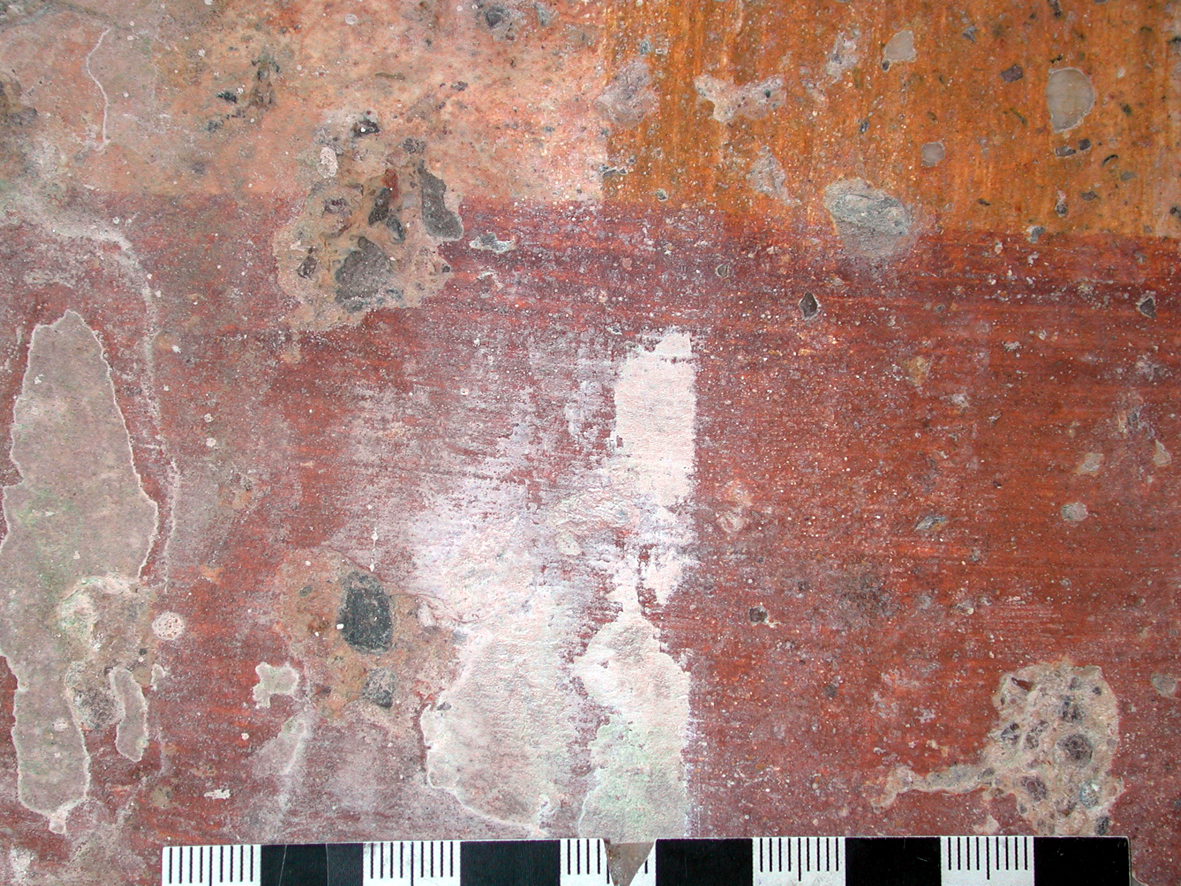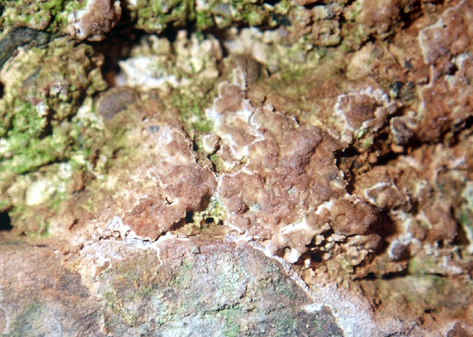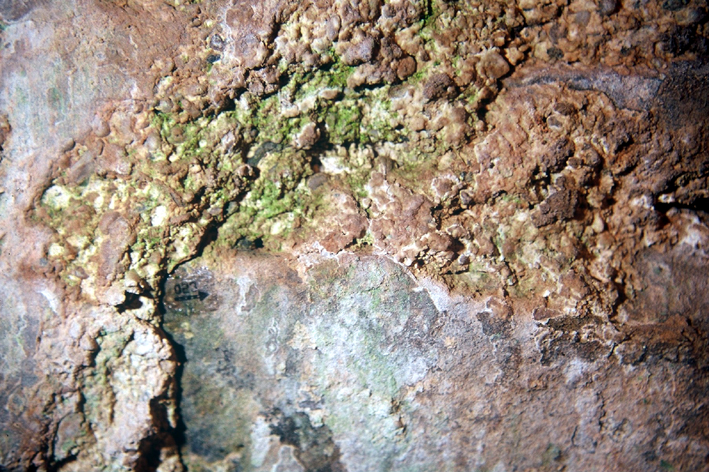Deterioration Patterns Wallpaintings: Difference between revisions
Jump to navigation
Jump to search
No edit summary |
No edit summary |
||
| Line 21: | Line 21: | ||
<br clear=all> | <br clear=all> | ||
<!-- | |||
== Hygroscopic salts == | == Hygroscopic salts == | ||
[[file:Gipskruste Hygroskopisch.jpg|thumb|300px|left|Gipskruste, hygroskopisch, Grabkammer Nehren]] | [[file:Gipskruste Hygroskopisch.jpg|thumb|300px|left|Gipskruste, hygroskopisch, Grabkammer Nehren]] | ||
| Line 40: | Line 40: | ||
<br clear=all> | <br clear=all> | ||
--> | |||
[[Category:NRiedl]][[Category:Decay Pattern:Wall Paintings]] [[Category:R-HJuling]] [[Category:R-CBlaeuer]] [[Category:inProgress]] | [[Category:NRiedl]][[Category:Decay Pattern:Wall Paintings]] [[Category:R-HJuling]] [[Category:R-CBlaeuer]] [[Category:inProgress]] | ||
Revision as of 20:21, 11 September 2011
<bibimport/>
Author: Nicole Riedl
Translation of the German Version by Hans-Jürgen Schwarz
back to Decay Pattern
Examples of damage by salt progression[edit]
Lime sinter crusts[edit]
Repeated precipitation of calcium carbonate formed on the surface of wall paintings a white, dense lime sinter crust. It is characterized by a high stability and strong bond with the painting. The vapour permeability of the wall painting is reduced and the crustal layers affect the aesthetic appearance considerably.
Cauliflower crust[edit]
Characteristic is the formation of firmly adhering Pustel?? and stable crusts. The composition may consist of calcium carbonate and calcium sulphate. Depending on the contaminants carried the cauliflower crust appear whitish, yellowish, reddish or brownish. Biogenic rests can be stored in the crustal layers.



